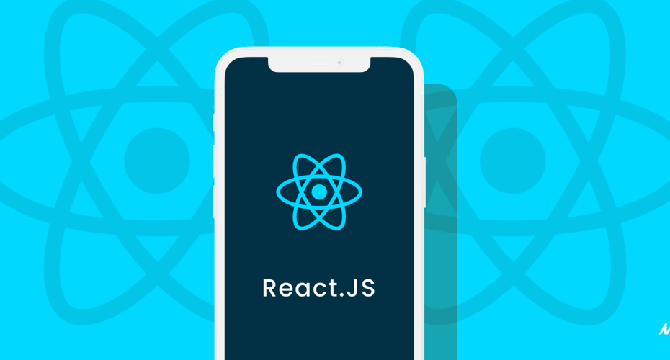Dev
1M
419

Image Credit: Dev
How To Handle Form Data In React JS
- Handling form data in React JS is essential for developers building interactive web applications, influencing app performance and user experience.
- Controlled components tie form data to component state, allowing for easy validation and immediate user input reactions in React JS.
- Uncontrolled components, while handling form data by the DOM, may be preferred in simpler scenarios or with third-party libraries.
- A simple login form example in React JS demonstrates the use of useState hook and form submission handling.
- Best practices for handling form data include simplicity, meaningful naming, early validation, graceful error handling, accessibility, and leveraging libraries like Formik and React Hook Form.
- Advanced techniques for complex forms involve dynamic forms, custom hooks, state management with Redux or Context API, handling file uploads with the FormData API, and testing forms using tools like Jest and React Testing Library.
- Controlled components provide better validation and real-time feedback, while uncontrolled components rely on DOM for form data handling in React JS.
- Libraries like Formik and React Hook Form simplify form handling, whereas file uploads in React forms can be managed using the FormData API.
- Form data plays a crucial role in creating user-friendly applications in React JS, and understanding controlled components, dynamic forms, and testing is important for form handling.
- Exploring resources like official React documentation, Formik, React Hook Form, and MDN Web Docs can enhance form handling techniques in React projects.
Read Full Article
25 Likes
For uninterrupted reading, download the app